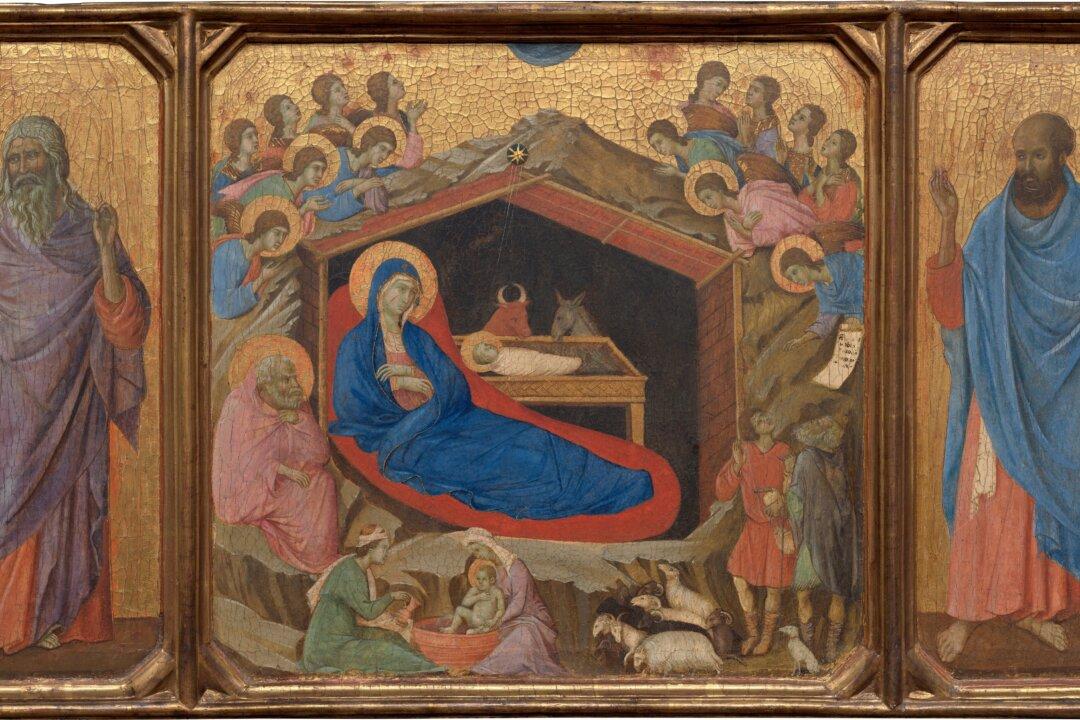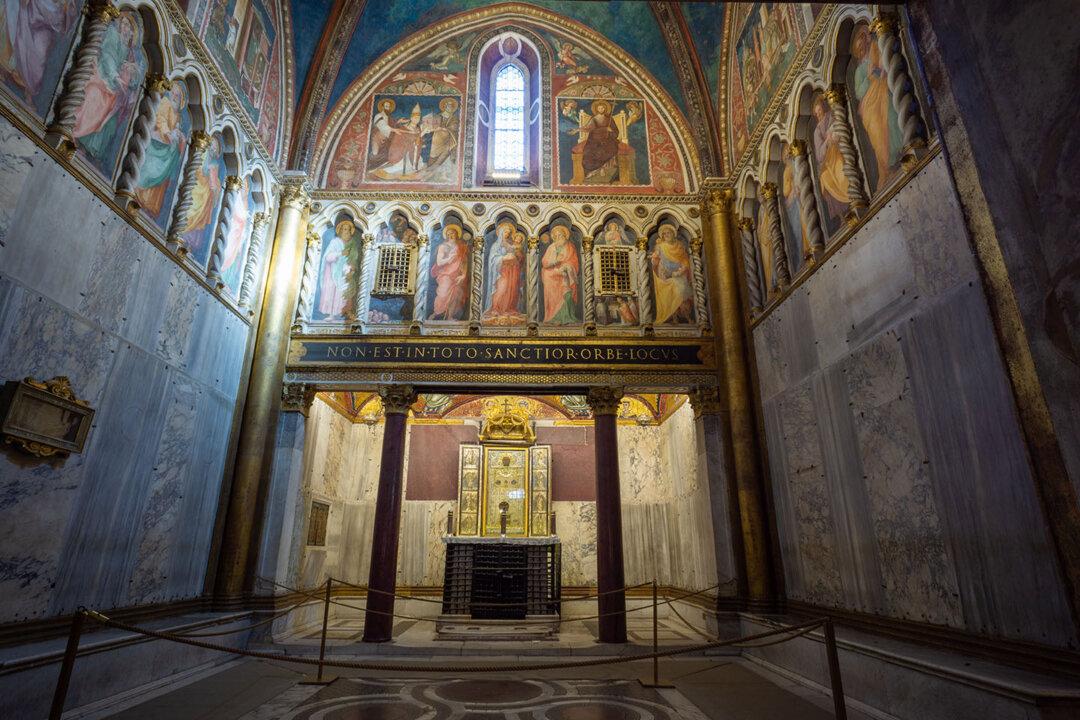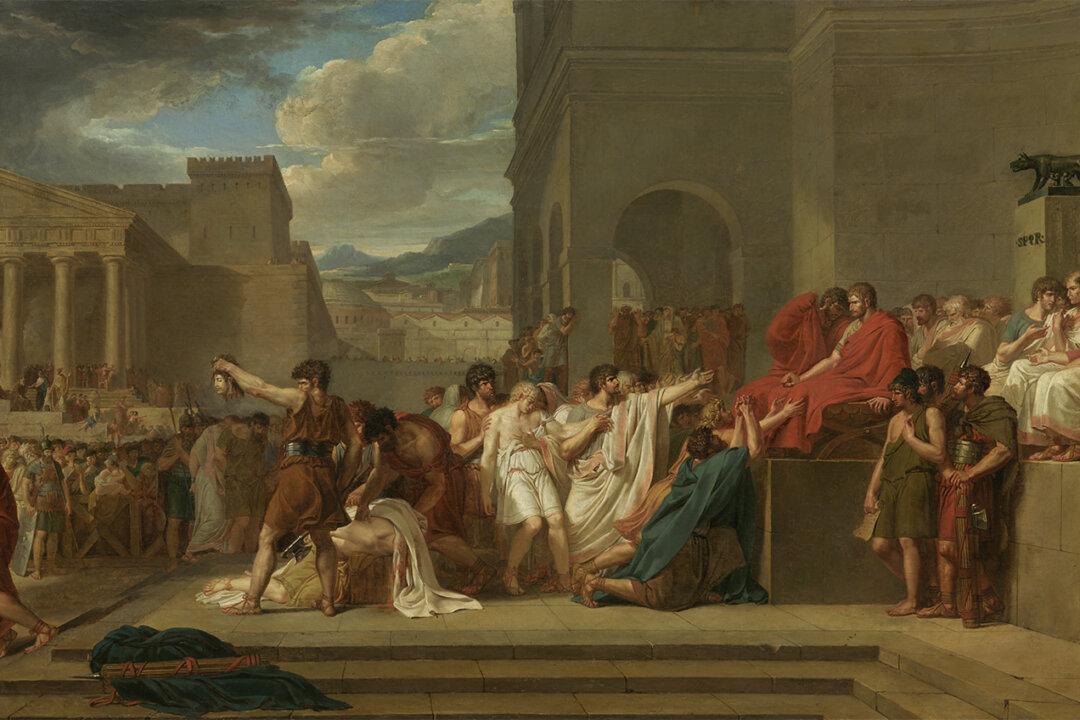For the ancient Chinese painter Wu Daozi (circa 685–758), the beauty of the moving line was possibly his most powerful and expressive instrument.
Born during the height of the Tang Dynasty (618–907), the artist started his career as a lowly craftsman, but gradually came to be regarded as the “sage of painting.” Famed for his talent, Wu was summoned to the imperial palace to work for the emperor and also made hundreds of wall paintings for Buddhist and Daoist monasteries.





